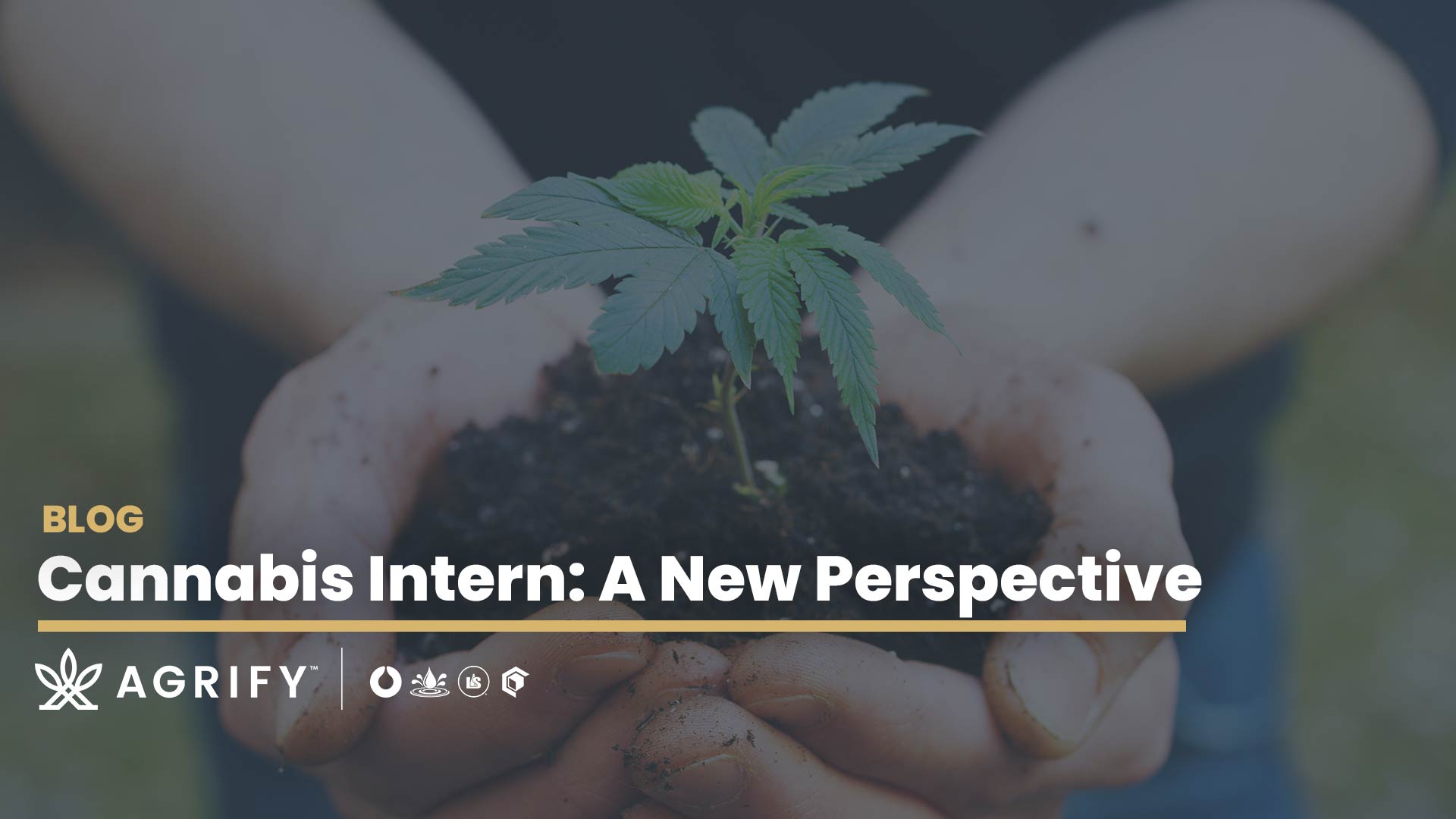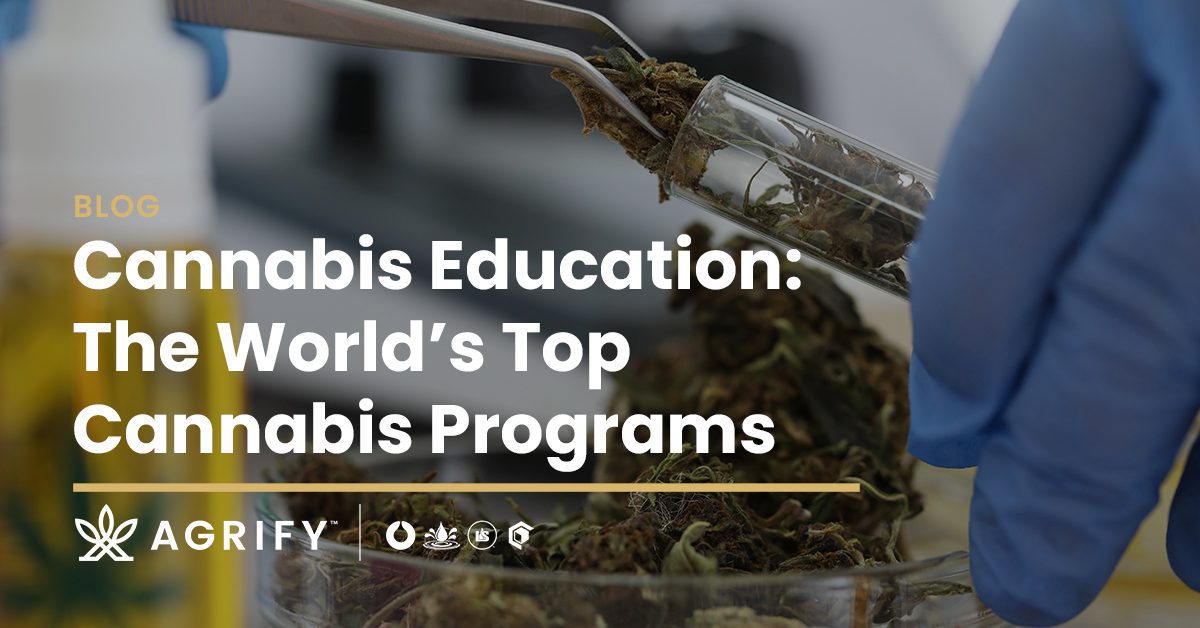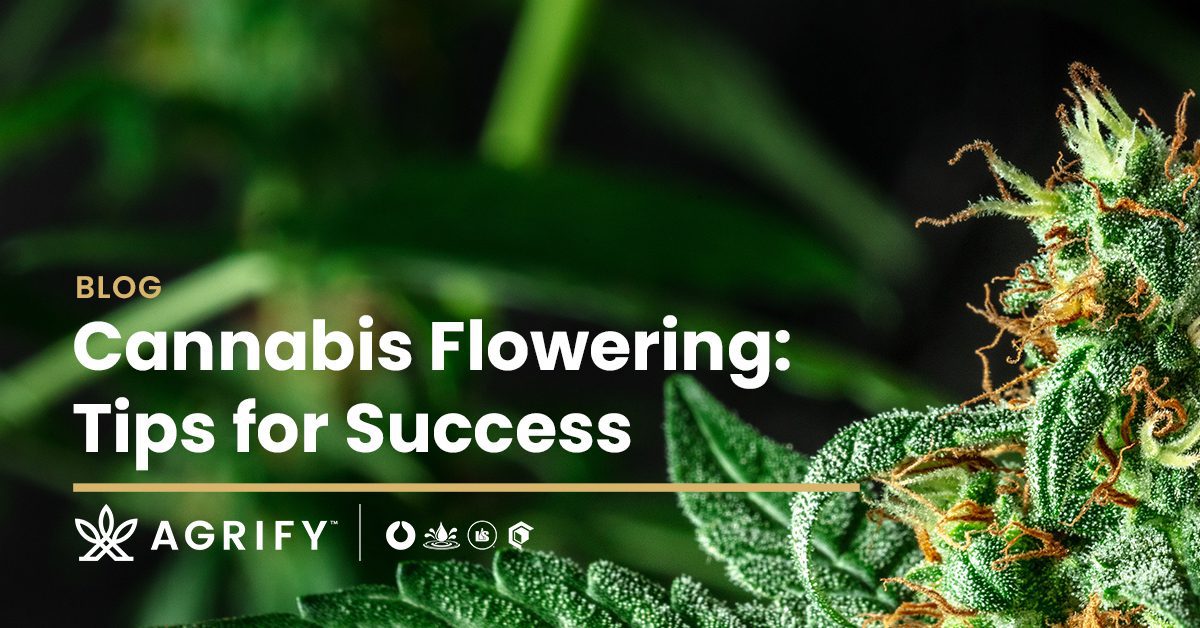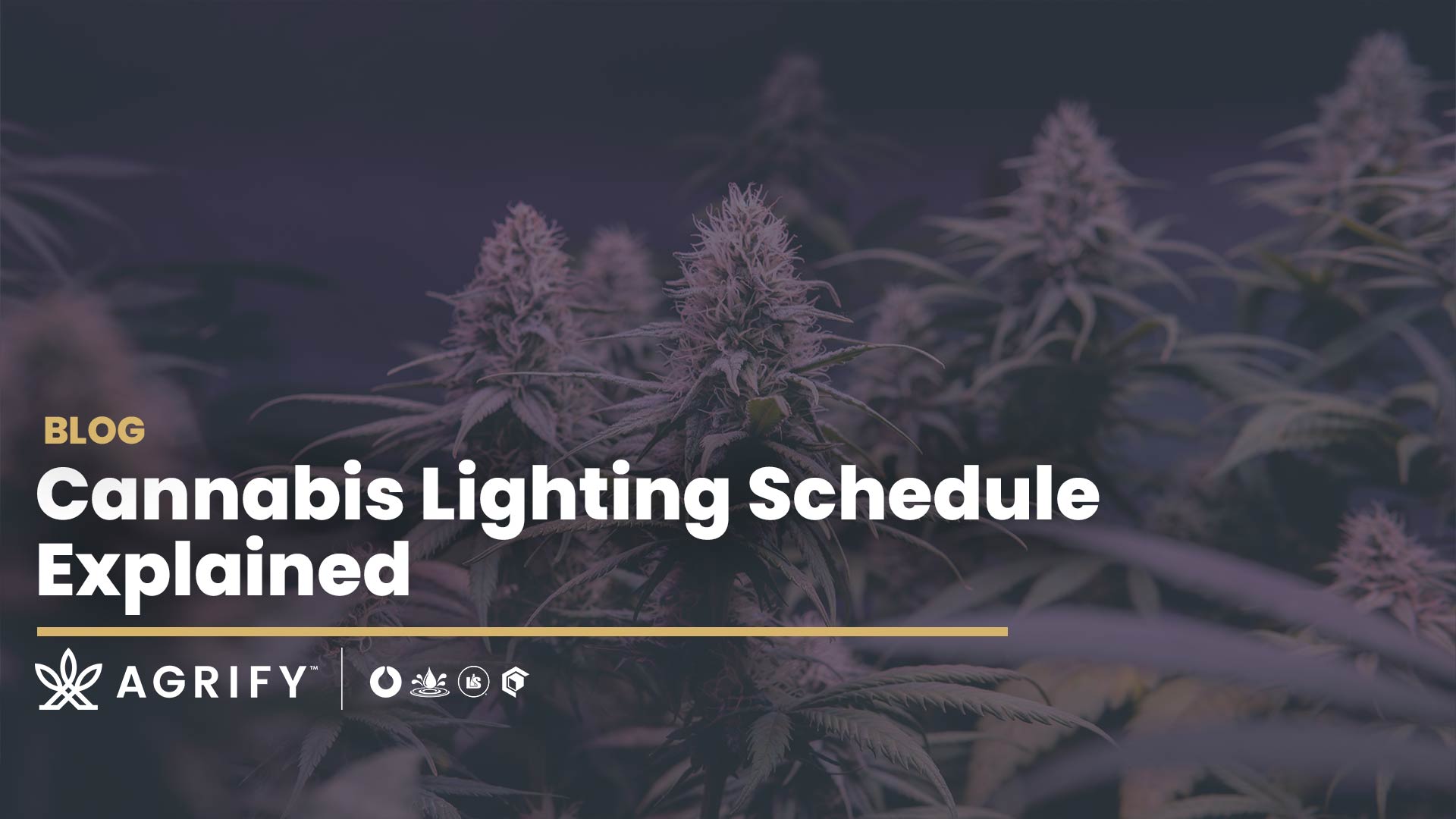
How Light Affects Cannabis
Cannabis, like all plants, transforms light, water, and CO2 into energy through photosynthesis. While the photosynthetic process only happens during daylight hours, that doesn’t mean all biological processes go idle once the lights turn off.
Your cannabis plants need a period of darkness to use carbohydrate energy stores that were tucked away during the day. At night, cannabis plants convert these stores into sugars, which continue to drive plant growth.
Although it seems counterintuitive, darkness helps make photosynthesis more efficient by ensuring the excess energy captured during the day is used at night. But indoor growers need more precision than just a light and dark period, because the lighting schedule also tells plants if it’s time to produce leaves or start developing flowers.
This is why indoor cannabis cultivation replicates the seasonal lighting schedule of the outdoor environment. Cannabis’ natural growth cycle is a photoperiodic one, meaning differences in daylight trigger differences in growth (auto-flowering genetics aside).An indoor grower has to carefully recreate the seasonal shifts in the light schedule to convince cannabis plants to move from vegetative to flower.
Except growers must do more than just recreate the lighting conditions of spring, summer, and fall. They have to optimize these conditions and precisely manage schedules for peak development and rapid production timelines.

Lighting Schedule for Cannabis Seedlings and Clones (24/0)
Although cannabis seeds require darkness to germinate, it’s an entirely different story for seedlings and clones. Generally speaking, most growers commit to a 24-hour lights-on period during these first initial days of a plant’s life. One argument is that it helps to maintain a consistent temperature and humidity in the indoor grow environment, which is especially important when plants are young and fragile.
Another reason growers adopt a 24-hour lighting schedule for cannabis clones and seedlings is that the plants haven’t yet developed enough tissue to store excess energy produced during daylight hours. With no storage space, there is no energy available to process at night, which means no actual development. Therefore, it’s best to deliver constant light to help plants build up this storage capacity to more rapidly transition into vegetative. 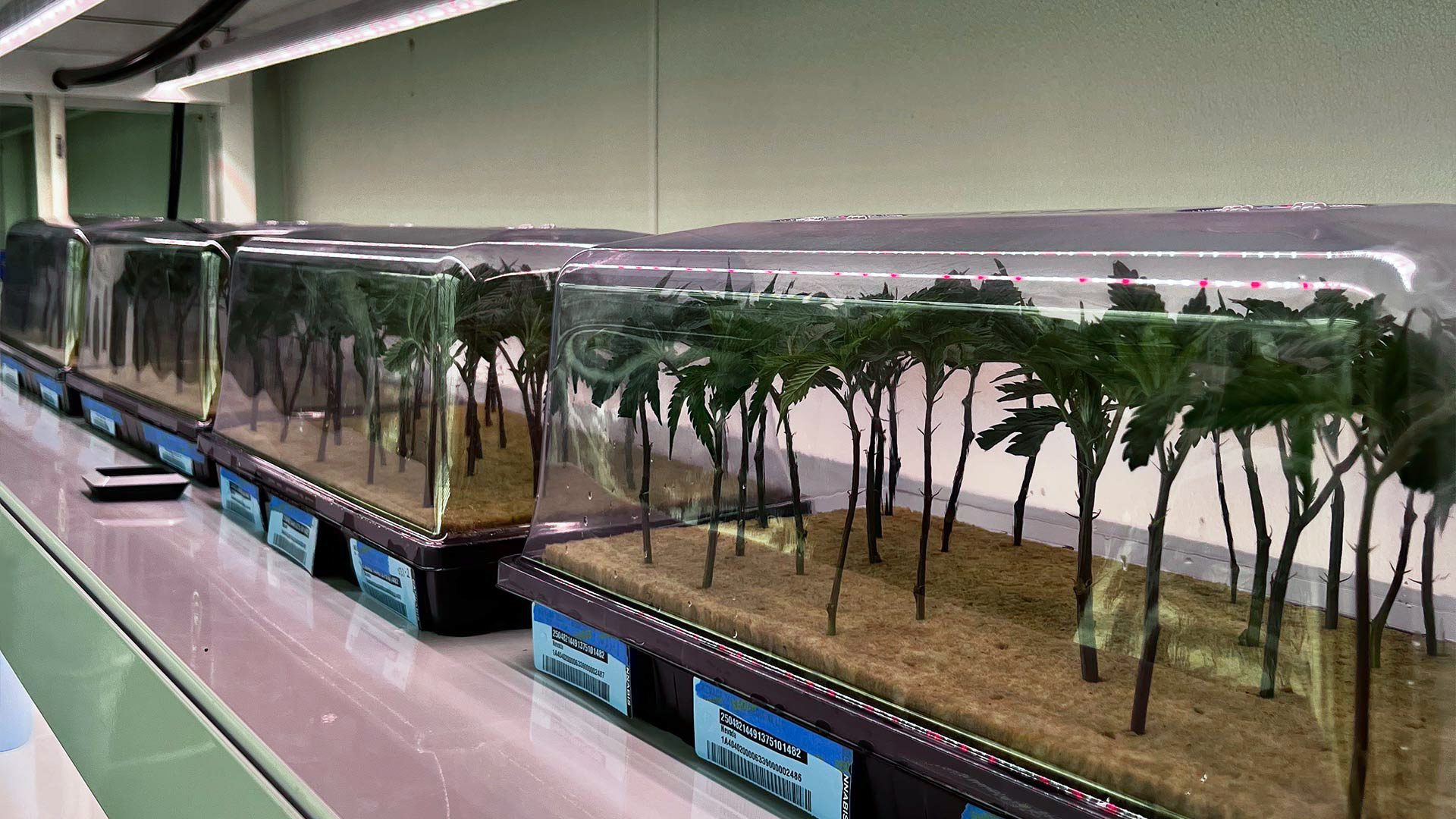
Lighting Schedule for Vegetative Stage (18/6)
The vegetative growth stage is about leaf, stem, and biomass production. It’s when growers use the environmental parameters, lighting included, to manipulate the size and shape of their plants.
Most growers shift the lighting schedule to 18 hours on, six hours off in the vegetative stage. This encourages the plant’s natural biological systems, including its circadian rhythm and hormonal development. These only deploy with a lights on/off schedule.
The 18/6 schedule is the industry standard for indoor production, but it’s worth noting that it is possible to maintain a 24-hour light cycle. Many indoor growers continue to swear by this protocol because it encourages monstrous and rapid growth. Your chosen lighting schedule during veg will depend on your production goals.
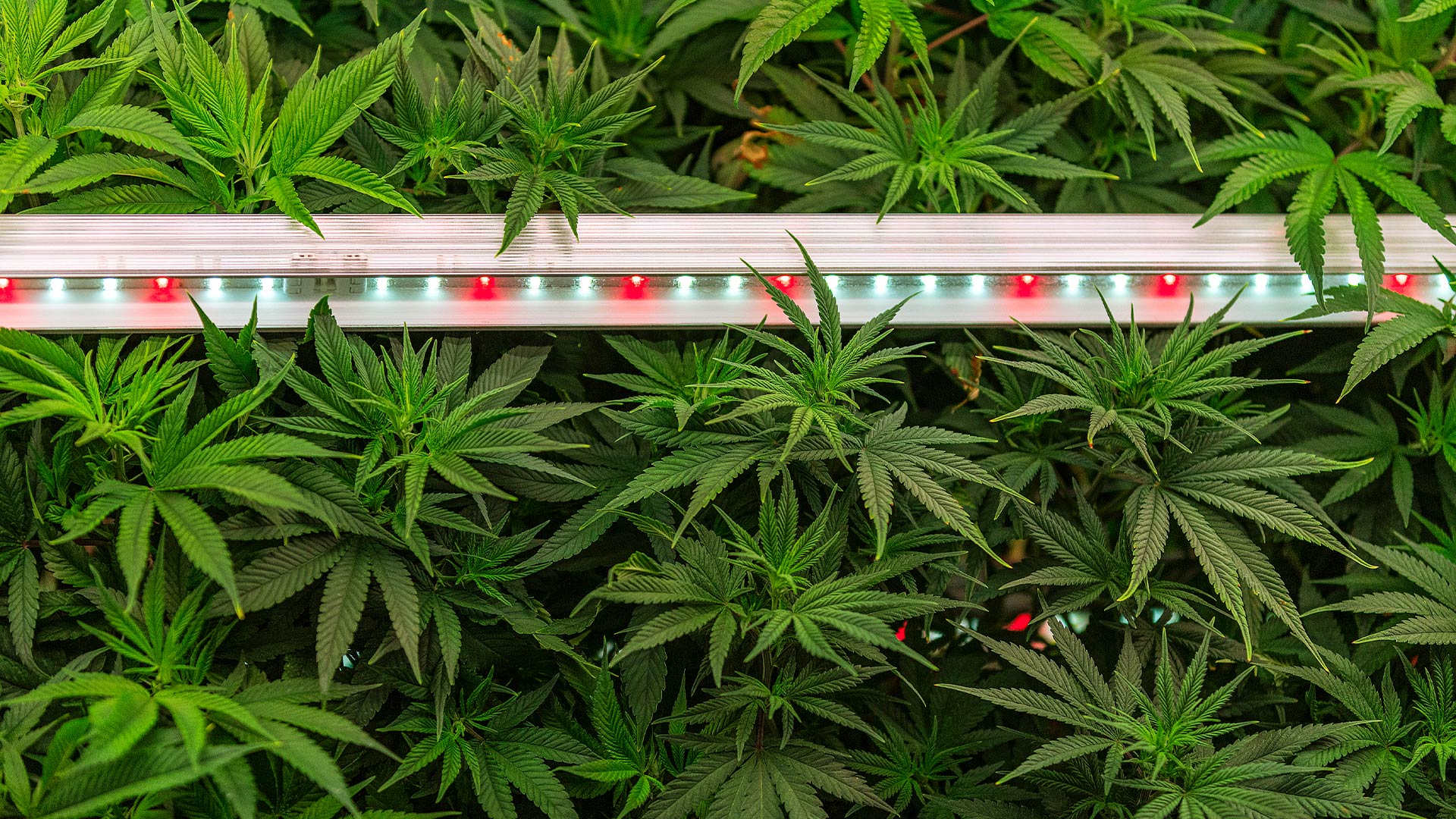
Lighting Schedule for Flowering Cannabis (12/12)
Once you have achieved the size, shape, and growth you desire during vegetative, it’s time to change the light schedule to move into flower. The only way to move from vegetative to flower is to switch the lighting schedule to 12/12. That’s 12 hours on and 12 hours off. This mirrors the waning daylight hours in fall. It triggers a biological response within the plant’s genetic code that winter is on its way. Only then will the plant begin to put its energy resources into flower
Development.
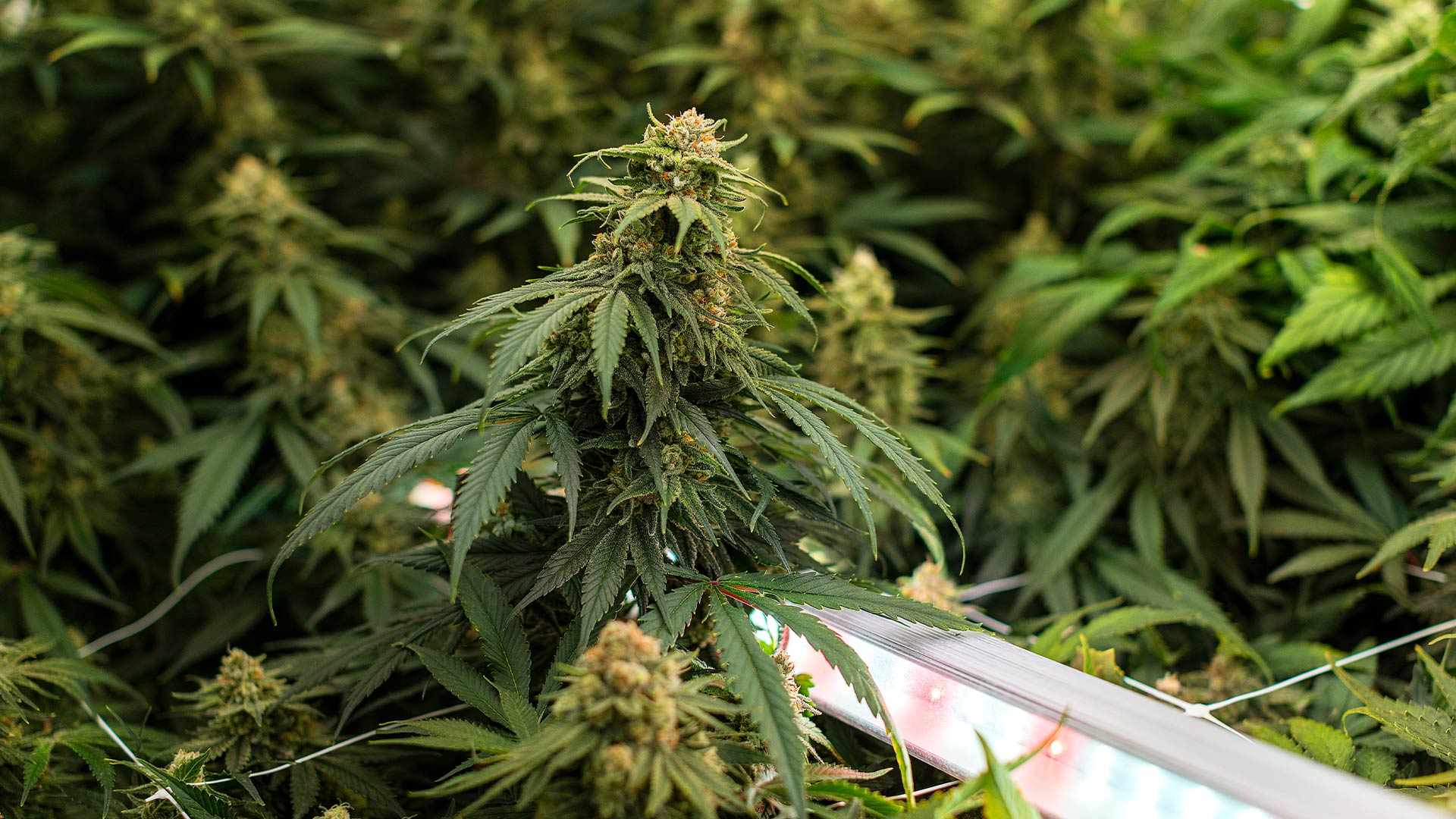
The Cannabis Lighting Schedule Is Only Half the Story
True perfection doesn’t just come from hitting the ideal lighting schedule in the grow room. Optimized cannabis production is only achieved with LED lighting technology.
With advanced LED grow lights, growers can achieve better light distribution, lower heat generation, and improved ROI over other technologies.That’s why Agrify has engineered every Vertical Farming Unit with dimmable Model R LEDs. This integration helps our customers increase harvests by 43 percent, all while reducing energy costs. If you have mastered the lighting schedule for cannabis, it’s time to elevate your grow room with the best-in-class lighting solution for cannabis production.


